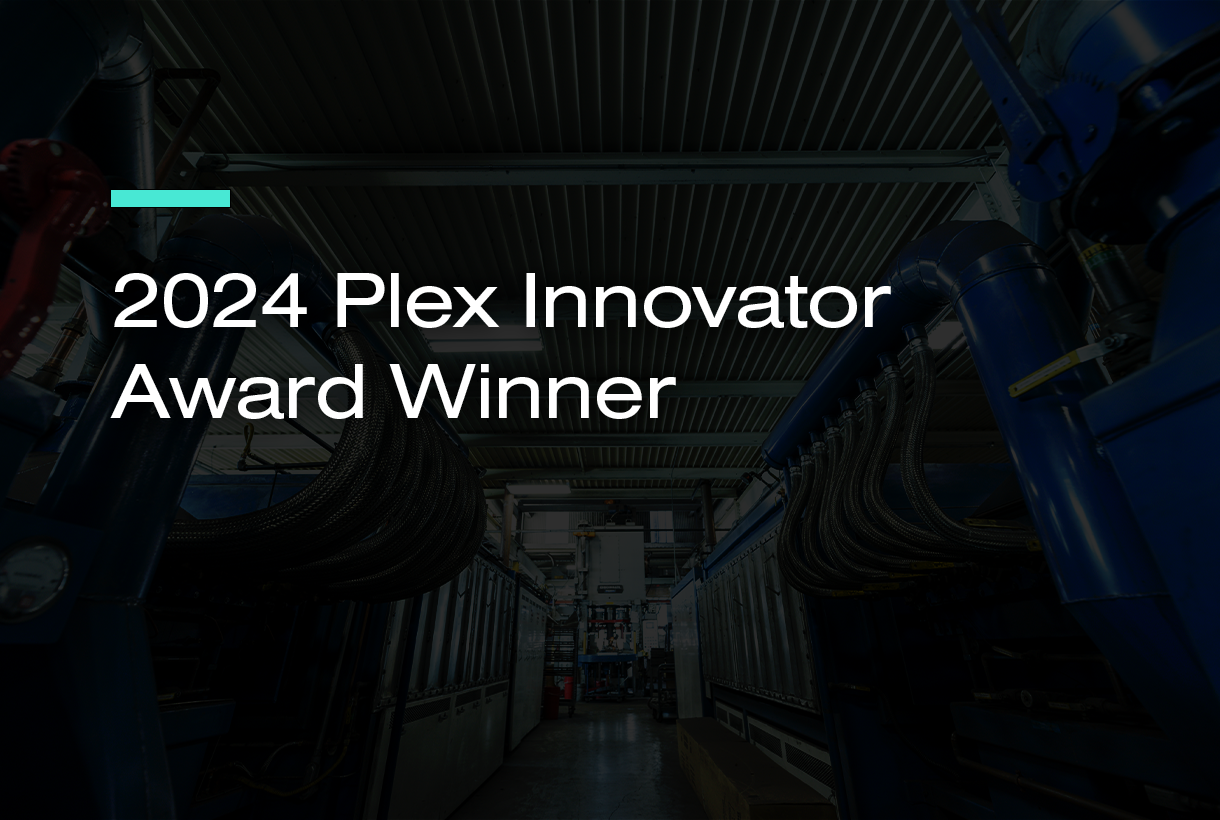

Now Available!
Get your copy of the 7th Annual State of Smart Manufacturing and hear from 300+ manufacturers in this new survey report!
Subscribe to Our Blog
For a monthly digest of expert insights, data points, and tips like the ones in this article.

One of the reasons more manufacturing companies are moving their ERP and manufacturing execution system (MES) to the cloud is the ability to connect people, processes, machines, systems, and applications easily. What once was primarily an IT discussion has now become a business expectation—connect everything for a holistic, single version of truth for the enterprise. Connecting your manufacturing business is not only easier than it used to be but it’s becoming an imperative for staying competitive in today’s complex and global supply chain network.
Leveraging the massive amount of data generated by all the machines and equipment on your shop floor is becoming a strategy that’s within reach now. The cloud has become the catalyst for manufacturers to embrace the Industrial Internet of Things (IIoT) and the massive opportunity it represents: a data-driven approach to running their businesses.
You’ll want to make sure the cloud is prerequisite for your ERP and MES system—and allows for these integrations:
Shop Floor Automation
The production systems and equipment on your shop floor need to talk to each other so you know that things are moving smoothly and performing well. Make sure the system supports integration with the supervisory control and data acquisition (SCADA) layer, PLC integration, and mobile devices and machine connectivity. The key is capturing activity on your shop floor in real time, and making decisions at the manufacturing moment.
Shop Floor to Top Floor
To run your entire business, you need to know what’s happening on the shop floor as well as on the top floor. Your ERP and MES need to be one unified system so you can gain enterprise-wide visibility, across all manufacturing facilities. You’ll want an ERP system that captures and reports every single transaction for increased visibility and control.
Supply Chain Connectivity
Every participant in your supply chain should have access to the information they need—and be able to collaborate with you and/or each other. Customers should be able to view order and shipping details with your CRM system, get notifications of upcoming shipments with EDI ASNs, and even share their projected demand. Suppliers should be able to communicate easily through EDI, look at your supply chain planning, print product labels before shipping materials, and even collaborate on product design and quality compliance. A connected manufacturing enterprise runs smoothly and everyone in the supply chain is up-to-date.
IT Ecosystem
Of course, your ERP and production system is not going to operate in silos. You need to protect your existing IT investments and have the new system co-exist in your IT ecosystem like a good citizen. Your cloud-based ERP and MES should support robust application programming interfaces (APIs) that can communicate seamlessly with other applications and systems using industry standard protocols. Your ERP should work seamlessly with your enterprise identity and access management (IAM) system, supporting single sign-ons (SSO).
One, cloud-based ERP and MES solution can connect your people, technologies, and machines for a complete view of your manufacturing business. If you take this approach, your business will be better prepared to respond to shifts in customer demands and market environments.

